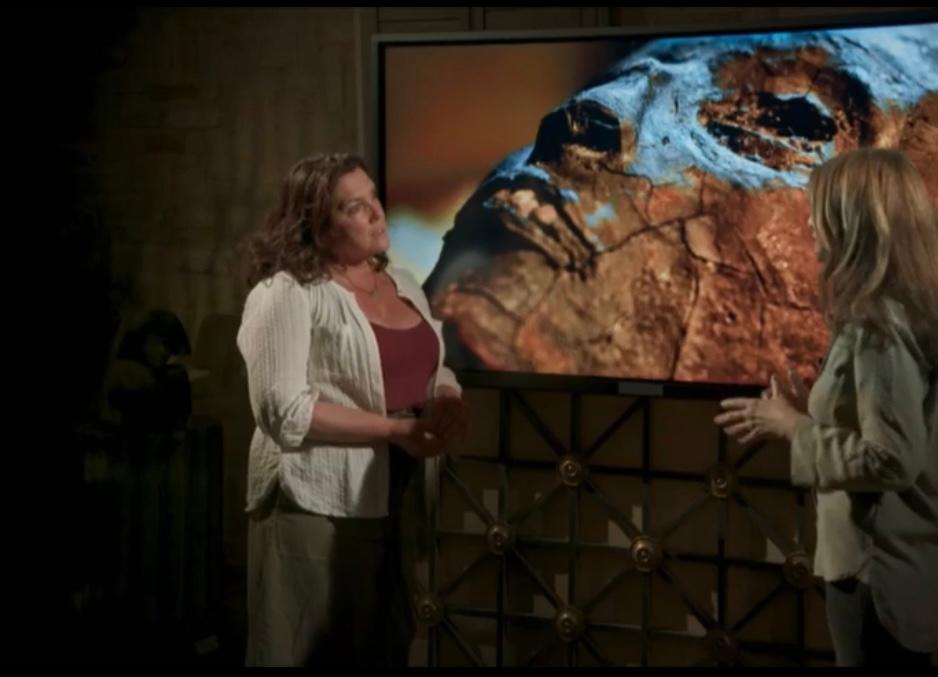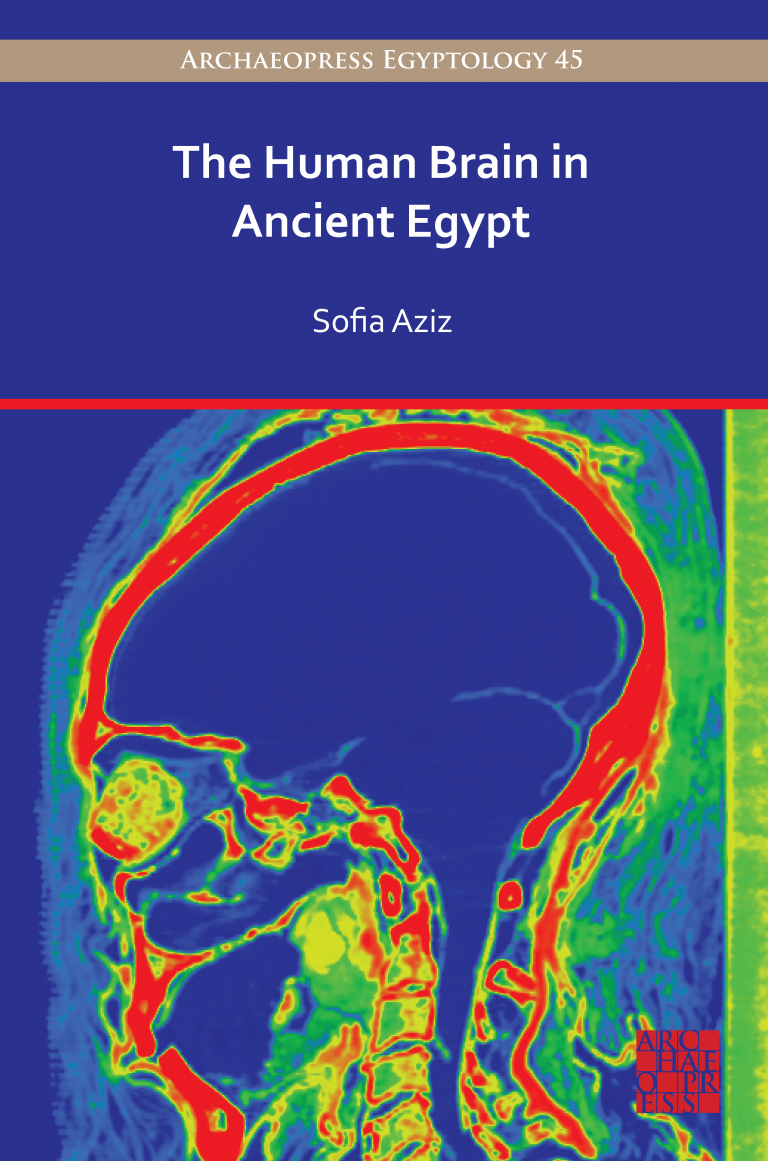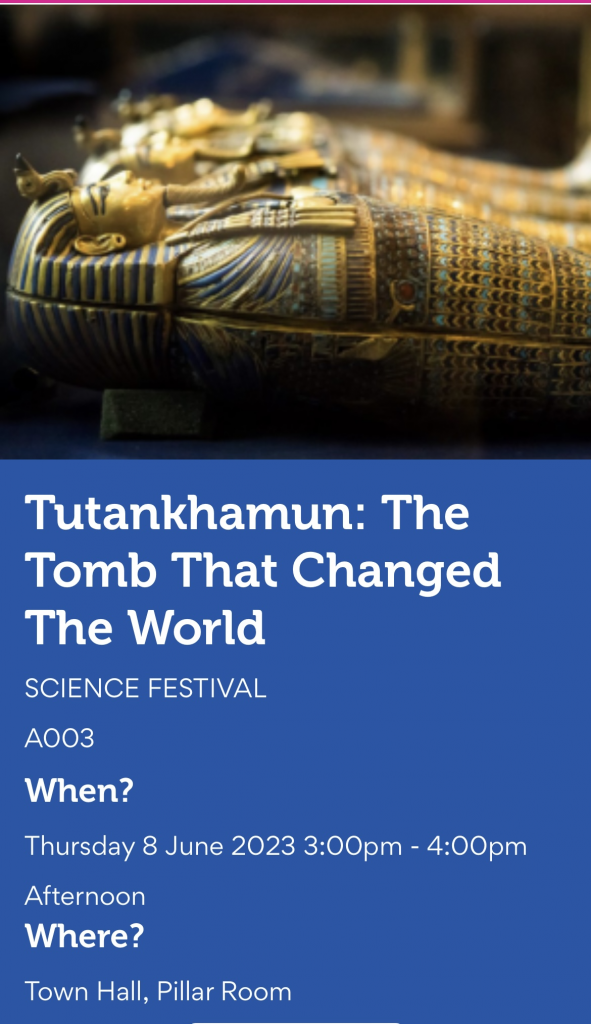White Memorial Conservation Centre
CLEOPATRA DOCUMENTARY
The Human Brain in Ancient Egypt: A Medical and Historical Re-evaluation of Its Function and Importance
Michael Portillo, Times Radio
Tutankhamun: The Tomb That Changed The World
Women in Ancient Egypt: Health and Medicine
My talk on “Women’s Health” in ancient Egypt is now available on YouTube. A huge thank you to all those that attended and for Sarah Janes for being a brilliant host.
Medical treatment for women in ancient Egypt included both magico-religious principles and medical practices. There were a number of deities that specifically protected women during pregnancy, childbirth and illness.
In this talk I discuss Menopause. In my opinion the debilitating effects of declining oestrogen levels were as much a challenge for women in ancient Egypt as they are now. It is a subject that has not been tackled because of the misconception all women in ancient Egypt died by the age of 35. This is simply not accurate.
I also discuss violence and sexual assault against women. This is a difficult and sensitive subject but I feel an important one to address. Finally I look at a subject that is close to my heart – how did women with disabilities cope in ancient Egypt?
“IF STONES COULD SPEAK”
Tutankhamun: Waking the Dead (Channel 5)
It was a pleasure to be invited to talk about Tutankhamun on this fascinating documentary by SandStone Global. Bettany Hughes uses a century of research and the latest scientific evidence to forensically unwrap Tutankhamun’s life.
Aired on Friday, 25th March, 2022 at 9pm.

Nefertiti: Where is her Mummy?
It was a great pleasure to take part in another fascinating documentary produced by my talented friend Curtis Ryan Woodside.


